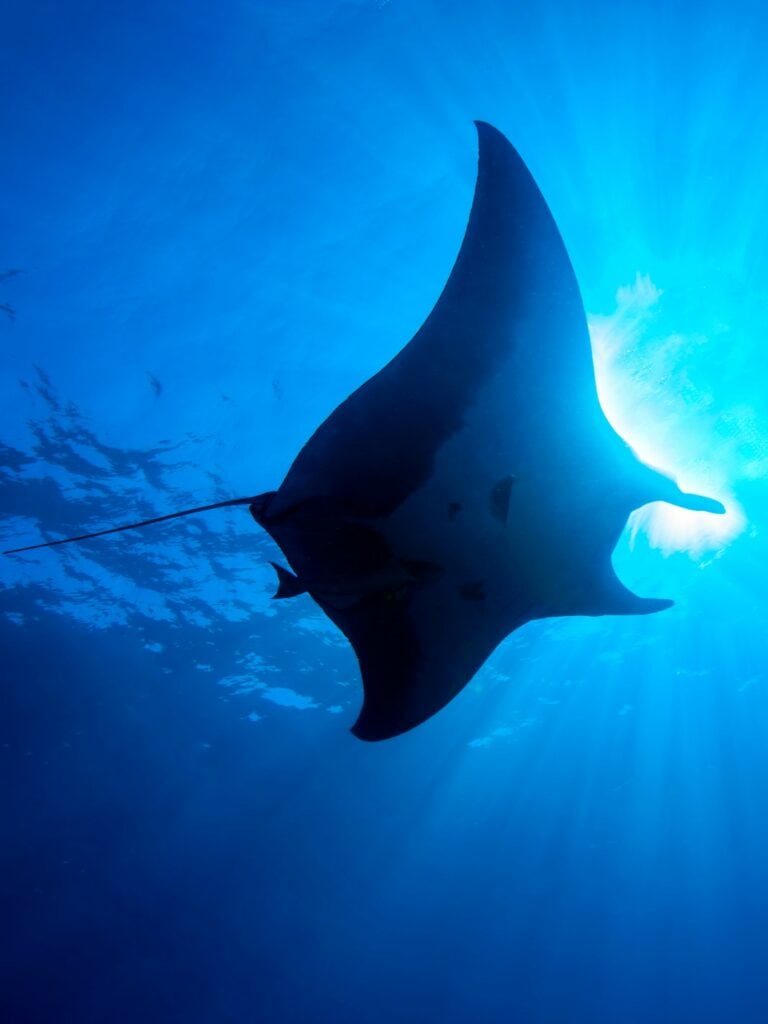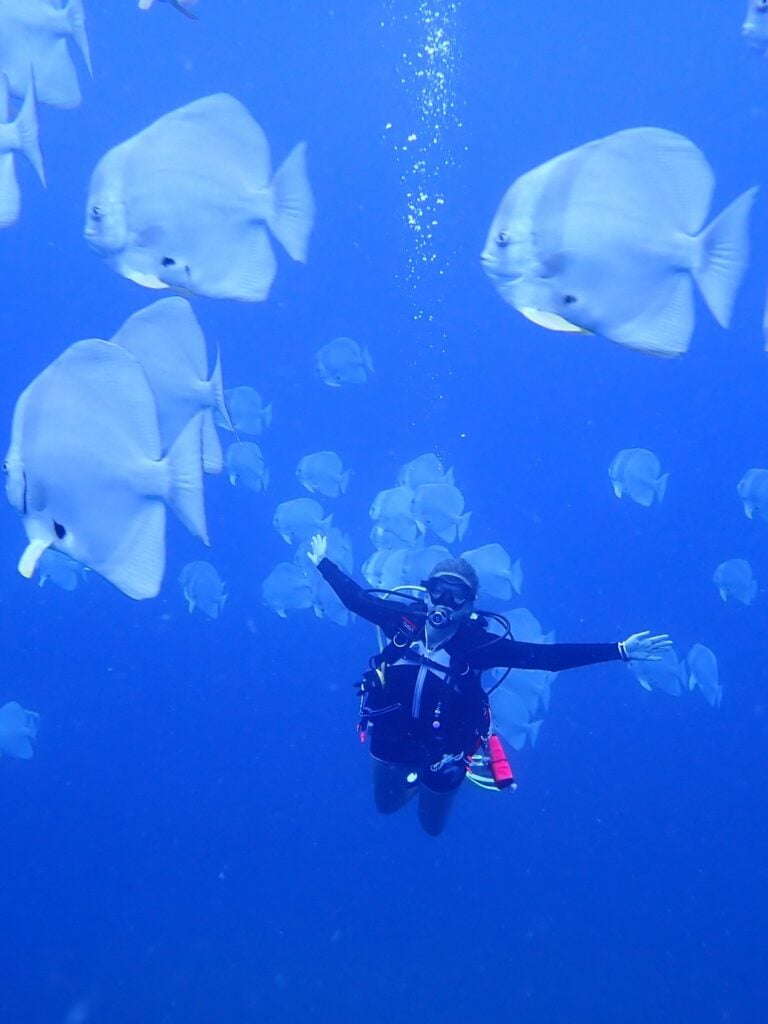From the postcard-perfect Coral Bay to the hidden beauty of Secret Cove, these spots promise stunning photos and unforgettable views.
GVI
Posted: August 29, 2024

Zaytoen Domingo
Posted: October 27, 2022
6 min read
Volunteering as a scuba-diver for a marine conservation project is one of the best ways to help our oceans.
You’ll get to explore parts of an underwater world that few tourists see and all your time and effort will go towards preserving our marine environments for the next generation. But whether it’s your first time diving or you’re a seasoned pro, you need to keep a few essential things in mind.
Don’t touch, hold or ride any marine life you see. Fish and other aquatic creatures are covered in slimy mucus that helps to protect them from infections and deter predators. By touching them, you will destroy their coating and put the creature at risk.
Corals only grow two centimetres or less every year, which means an accidental kick can destroy 50–100 years of growth.


The last thing you want to do while scuba diving is change an animal’s natural behaviour. Not only will it stop you from observing the creatures in their natural habitat, but abnormal behaviour can throw off the balance of the ecosystem.
Animals can become stressed or feel trapped if there are a lot of divers in the water. It’s a problem the Philippines are experiencing with their whale shark populations.
Due to so many tour boats taking tourists out to swim with the sharks, the animals have become agitated, and it’s caused changes in their behaviour and migration.
It’s tempting to bring treats for fish to lure them closer to you on a dive. While your intentions might come from a good place, they have severe consequences for the ecosystem. Once fish start associating humans with food, they stop performing natural tasks like finding their own meals or cleaning algae off coral reefs.
Human food is also not meant for fish. By giving them pieces of bread or other treats that aren’t found in their natural habitat, you can negatively affect their health.
When you first start diving, mastering buoyancy is one of the most challenging skills to learn. But it’s an essential one to get right, as bumping into the reef can cause damage that takes years to repair.
If you haven’t dived in a while or you’re still new to the activity, don’t feel embarrassed to ask your diving instructor to spend extra time with you working on your buoyancy control. The sooner you perfect your technique, the more you can protect marine life, and you’ll be able to attempt more challenging dives like shipwrecks and caves.
Did you know that kicking up sediment can harm coral reefs? It can block out the sunlight it needs to survive.
When you’re out on a dive, keep your size in mind. You’re a lot larger with your tank and fins on, and you’re more likely to cause damage. Always make sure your gauge and regulator are tucked away so they can’t drag across the reef.
It’s also a good idea to avoid the bottom. You might stand on stingrays or disturb other creatures that live on the ocean floor.
For underwater photographers, you need to practice buoyancy with all your gear. If you’re not used to the extra weight, it can affect the control you have when avoiding corals or result in you going up too soon.
It’s estimated that 4,000 to 6,000 tons of sunscreen enter coral reefs every year.
Before you buy the product, always read the label to make sure it’s free from harmful ingredients. The main one you want to avoid is oxybenzone, aka BP-3 or benzophenone-3.
This is a chemical that blocks the sun’s harmful UV rays from reaching your skin and is found in most sunscreens. Other ingredients you want to avoid are retinyl palmitate, and parabens like methylparaben, ethylparaben, propylparaben, butylparaben and isobutylparaben.
A good mineral based sunscreen will use titanium oxide and zinc oxide to filter the UV rays.
If you notice any rubbish or debris while you dive, remove it and bring it back to the surface with you.
You can also report any debris you find with the free Project AWARE Dive Against Debris app. It helps scientists and conservationists see where the biggest problem areas are.
One of the easiest ways to support companies that practice responsible tourism is by doing your research. Don’t book with the first dive operator you come across.
Take your time to understand their diving practices. Do they follow the international standard for interacting with whale sharks? Do they allow touching or flash photography? If yes, take your business elsewhere, and let them know why.
If you want to do more to protect marine life, sign up for a marine conservation project. You can travel to remote destinations like Fiji or Seychelles and work alongside local organisations to collect valuable data on the health of barrier reefs and marine life populations.
For the last 20 years, GVI has been running marine conservation projects around the world. Our volunteers have collected data for government agencies and organised marine conservation workshops for local communities.
Even if you have no diving experience, you can get various PADI certifications while volunteering. We also have marine conservation internships that will help you become a PADI Divemaster with job placement.
Speak to a member of our team today and learn more about how our projects are making a difference around the world and what you can do to help.
By Zaytoen Domingo
From the postcard-perfect Coral Bay to the hidden beauty of Secret Cove, these spots promise stunning photos and unforgettable views.
GVI
Posted: August 29, 2024